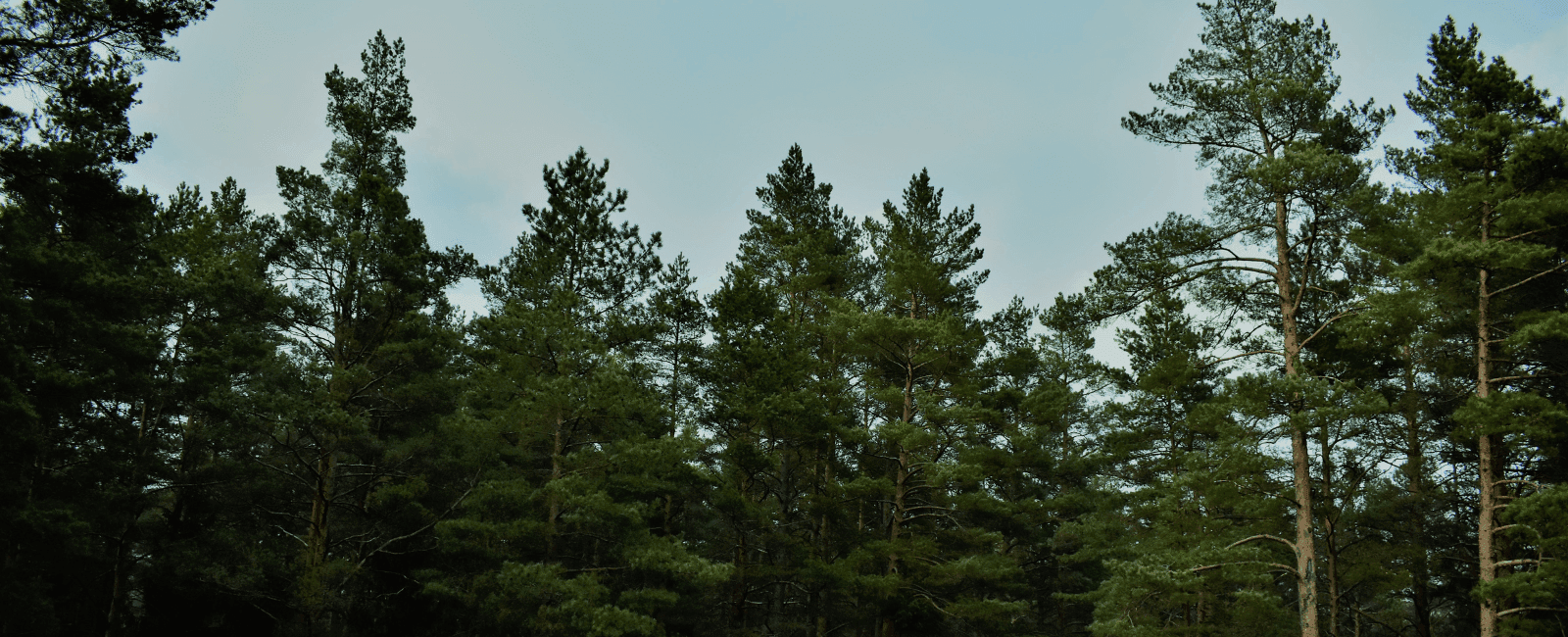

Forest succession is when one type of forest slowly transforms into another, leading to multiple changes in its structure and function. Over time, the types of plants in a forest change, as do the fallen leaves and branches, known as litter. Microorganisms use special enzymes to decompose this litter and recycle nutrients. Research has shown that as forests change, the soil, litter, and microbes change as well.
Fungi are well known for their remarkable ability to break down organic matter and transfer the energy back into the soil. Yet scientists still don’t know exactly how these decomposers react to fluctuations that happen over time in forests, particularly changes caused by diseases. A recent study has found that fungi can have varied and complex responses to environmental shifts, highlighting how disease-driven changes in forests can affect the community structures and functions of fungi and alter their role in decomposition.
Study background
Pine wilt disease (PWD) is one of the most deadly pine diseases worldwide, affecting multiple pine tree species. The disease, caused by the pinewood nematodes, spreads rapidly and kills thousands of conifer trees every year, leading to entire forest succession.
As a result, former coniferous forests have quickly transformed into intermediate mixed forests and eventually into pure broadleaf forests. Since PWD is the only known continuous cause of forest decline and succession, the researchers of the study hypothesized that the microbes present in these forests would respond differently compared to more transient causes of forest succession, like fires or storms.
Previous studies have found strong evidence that forest succession greatly influences changes in the soil microbial community (1). These changes can likely be attributed to the shifts in plant litter and root secretions, which alter the soil’s nitrogen levels and physiochemical properties. This means that an area once composed of a primary tree species can experience drastic soil and microbial changes if forest succession alters which trees are present.
Despite our current comprehension of how forest succession can influence microbial communities, researchers have yet to determine how disease-induced forest succession plays a role. To better understand how PWD and other diseases influence these changes, researchers investigated the decomposition and enzyme activity in different types of litter along succeeding forests impacted by PWD and how the fungal community and its function responded to the succession.
Major findings and future research
Researcher conducted several tests on soil samples to analyze the microbes and their functions. The results found that broadleaf forests had the highest amount of soil fungal biomass and enzyme activities related to carbon, nitrogen, and sulfur cycles. In contrast, conifer forests had the highest enzyme activity for phosphorus cycles.
With each forest succession, fungal diversity and richness significantly increased. The forests at different succession stages formed distinct fungal communities and functional structures, with saprotrophs, symbiotrophs, and pathotrophs dominating in conifer, mixed, and broadleaved forests, respectively. Furthermore, the pH and organic carbon present in the soil were identified as key factors in influencing the fungal communities and their functional structures during forest succession.
The findings demonstrate the significant differences in soil fungal biomass amongst varying forest types, indicating that fungal biomass enzymes are determinants in the overall microbial biomass in forest soil. Increased fungal biomass, enzyme activity, and diversity found in broadleaf forests suggest that these forests have fast litter decomposition and differing soil carbon pool stability because of forest succession. Changes in the fungal communities were also influenced by the shift in plant species and soil physiochemical properties (2).
The study provides new information into how soil microbial communities respond to forest successions caused by diseases and emphasizes why further research is needed to understand the plant-microbe reactions in forest ecosystems. The results also contribute valuable information for forest management and conservation efforts, especially concerning PWD and other succession-causing diseases.
References
- Meng, Wen-jing, Yi-lin Li, Zhao-lei Qu, Yue-mei Zhang, Bing Liu, Kang Liu, Zi-wen Gao, Li-na Dong, and Hui Sun. 2024. “Fungal Community Structure Shifts in Litter Degradation along Forest Succession Induced by Pine Wilt Disease.” Microbiological Research 280 (March): 127588. https://doi.org/10.1016/j.micres.2023.127588.
- Shao, Pengshuai, Chao Liang, Kennedy Rubert-Nason, Xiangzhen Li, Hongtu Xie, and Xuelian Bao. 2019. “Secondary Successional Forests Undergo Tightly-Coupled Changes in Soil Microbial Community Structure and Soil Organic Matter.” Soil Biology and Biochemistry 128 (January): 56–65. https://doi.org/10.1016/j.soilbio.2018.10.004.


